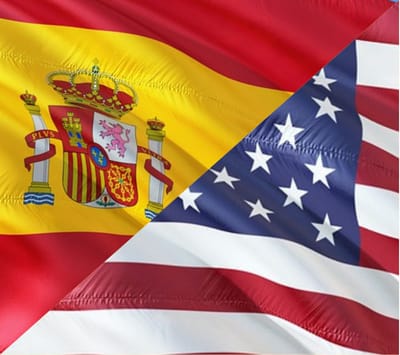- Scrolls Left Behind
- Posts
- An Imperial Turn
An Imperial Turn
Bringing Overlooked and Lesser-Known History into Focus

December 10th
An Imperial Turn
1898
The United States of America and Her Majesty the Queen Regent of Spain, in the name of her august son Don Alfonso XIII, desiring to end the state of war now existing between the two countries, have for that purpose appointed plenipotentiaries… Who, having assembled in Paris, and having exchanged their full powers, which were found to be in due and proper form, have, after discussion of the matters before them, agreed upon the following articles…
Article 2: Spain cedes to the United States the island of Porto Rico and other islands now under Spanish sovereignty in the West Indies, and the island of Guam in the Marianas or Ladrones.
The Treaty of Paris of 1898 ended the Spanish-American War, transferring the Philippines, Puerto Rico, and Guam to the United States. Through this agreement, the U.S. formally entered an era of overseas colonialism, igniting debates about its identity and future as a global power.
Under Article II of the treaty, Spain ceded Puerto Rico to the United States. But while the Philippines was purchased for $20 million and designated for colonization, Puerto Rico became a U.S. territory with political and legal ambiguity. Residents of the country did not gain full U.S. citizenship until the passage of the Jones-Shafroth Act in 1917, nearly two decades later.